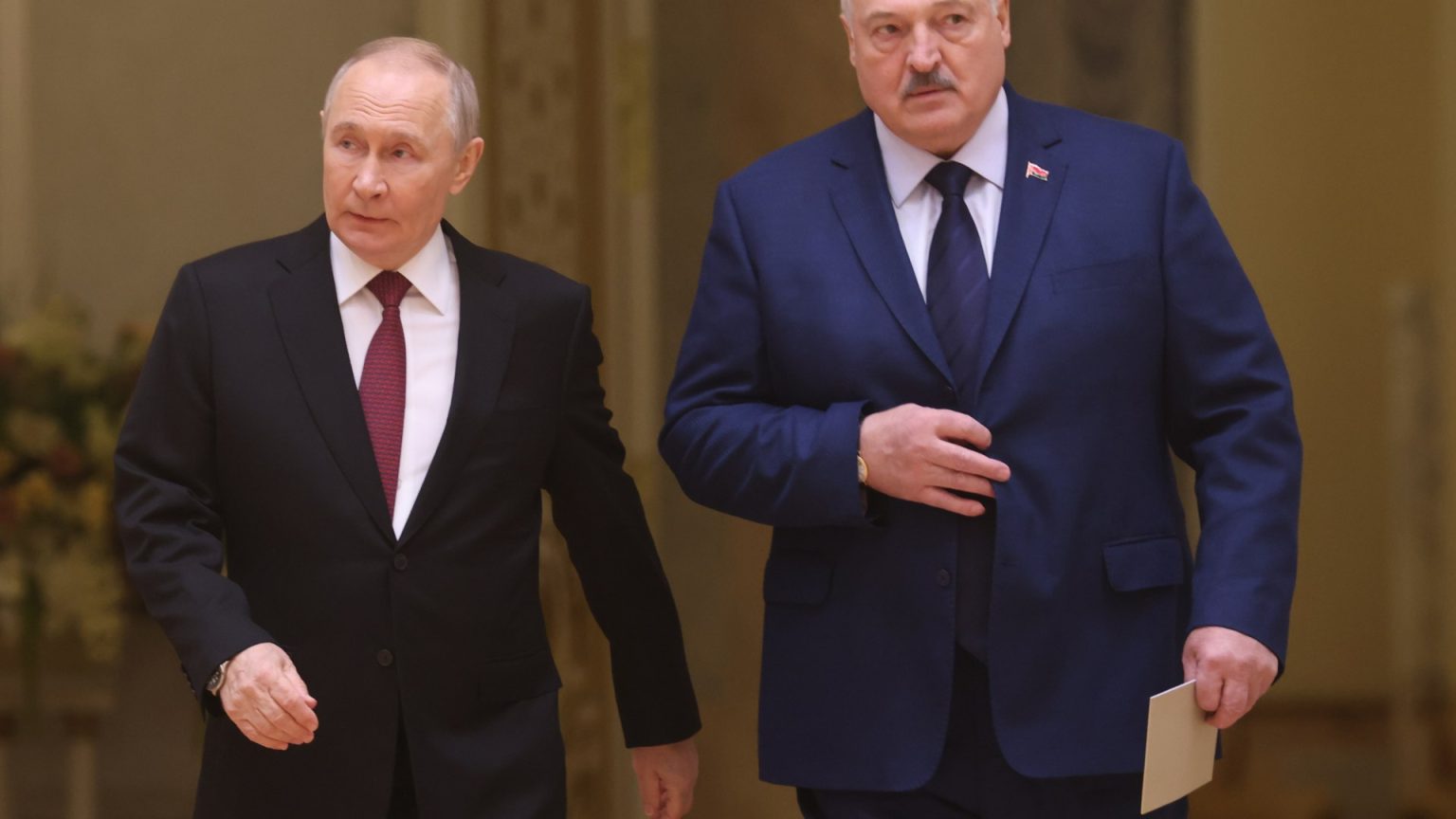Russia’s Deployment of Hypersonic Missiles in Belarus: A Deepening Security Alliance and Escalating Tensions
Russia’s plan to deploy Oreshnik hypersonic missiles in Belarus marks a significant escalation in the ongoing geopolitical tensions with the West. This move, coupled with the finalized agreement on deploying Russian tactical nuclear weapons in Belarus, solidifies the close security alliance between Moscow and Minsk while simultaneously raising concerns about regional stability and the potential for further conflict. The Oreshnik missile, capable of carrying nuclear warheads, represents a substantial advancement in Russia’s military capabilities and its willingness to project power in close proximity to NATO borders. This deployment alters the strategic landscape, introducing a new level of threat perception and requiring a recalibration of defense postures by neighboring countries.
The security agreement between Russia and Belarus formalizes the integration of Belarusian territory into Russia’s nuclear defense umbrella. This unprecedented move grants Belarusian President Alexander Lukashenko a degree of control over the potential use of Russian tactical nuclear weapons stationed on Belarusian soil, a highly sensitive and controversial aspect of the agreement. While both leaders emphasize the defensive nature of this deployment, framing it as a response to perceived aggression from the West, the move has been met with widespread international condemnation and concern. The prospect of nuclear weapons being controlled by a leader with Lukashenko’s track record of authoritarianism adds another layer of complexity and unease to the already tense situation.
The deployment of Oreshnik missiles to Belarus was directly requested by Lukashenko following the signing of the security treaty. Putin’s affirmation of this request signals Russia’s willingness to accommodate its ally’s security concerns and further integrate Belarus into its military strategy. The timing of this request, shortly after the signing of the security treaty, underscores the deepening military cooperation between the two countries and the growing perception of a shared threat from the West. Putin’s assurance that the missiles, while under Russian control, will allow Belarus to select targets, suggests a level of coordination and trust that further solidifies the alliance.
The deployment of the Oreshnik missiles comes mere months after its debut use in Ukraine, highlighting the rapid pace of weapons development and deployment in this conflict. This new missile system, with its reported hypersonic speed and extended range, represents a significant leap in offensive capabilities, posing a challenging new threat for Ukrainian defenses and adding another layer of complexity to the ongoing conflict. The introduction of such advanced weaponry into the regional theater escalates the stakes and raises concerns about the potential for miscalculation or unintended escalation.
The deployment of tactical nuclear weapons in Belarus represents a significant shift in Russia’s nuclear doctrine, extending its nuclear umbrella to encompass its closest ally. This move signifies the deepening security relationship between Moscow and Minsk and underscores Russia’s willingness to use nuclear weapons as a deterrent and a tool of strategic influence. The placement of these weapons in Belarus, a country bordering several NATO members, underscores the assertive nature of this deployment and its potential to provoke a strong response from the West.
The deepening military alliance between Russia and Belarus reflects a broader geopolitical realignment in the region, driven in part by the ongoing conflict in Ukraine and rising tensions with the West. Belarus’s increasing reliance on Russia for security and economic support has solidified its position as a key ally in Moscow’s strategic orbit. This alliance, cemented by the deployment of nuclear weapons and advanced missile systems, poses a significant challenge to the existing security architecture in Europe and raises the specter of further conflict and instability. The international community faces the difficult task of navigating this evolving landscape and mitigating the risks associated with the proliferation of advanced weaponry and the heightened potential for nuclear conflict.


